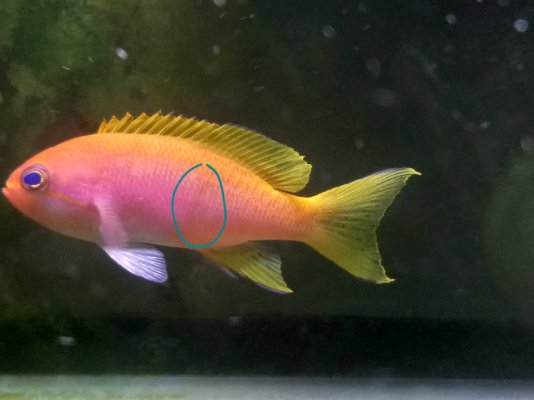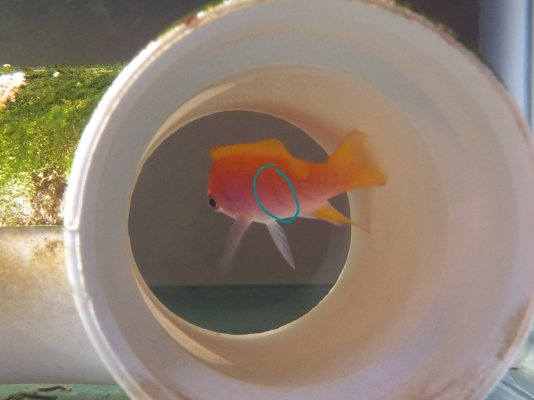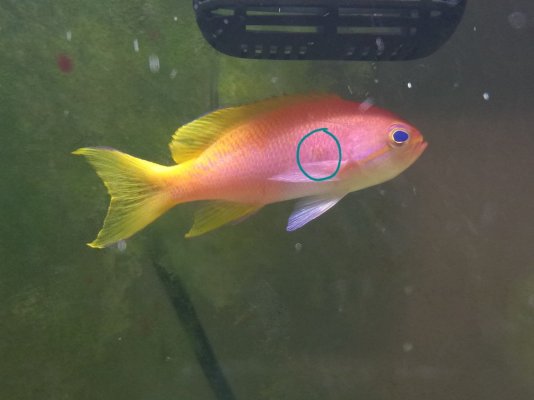So I have a Bimaculatus anthias female that started to develop red sores on her body after a week in QT. Fritz coppersafe at 2.0ppm is the only medication in the water when I noticed. I immediately began feeding metroplex soaked foods and started adding metroplex (2 scoops per 10 gallons) to the water in addition to the 2.0ppm of copper. Now the uronema seems to be receding after 2 weeks of treatment and the marks have shown significant healing and are almost unnoticeable.
So my question is, does the fish have a chance now? And should I continue dosing metroplex another week until the sores have disappeared completely? Also should the fish be moved to a new quarantine once the marks are gone, or has the metroplex eradicated the uronema in the tank. Thanks!
So my question is, does the fish have a chance now? And should I continue dosing metroplex another week until the sores have disappeared completely? Also should the fish be moved to a new quarantine once the marks are gone, or has the metroplex eradicated the uronema in the tank. Thanks!




















